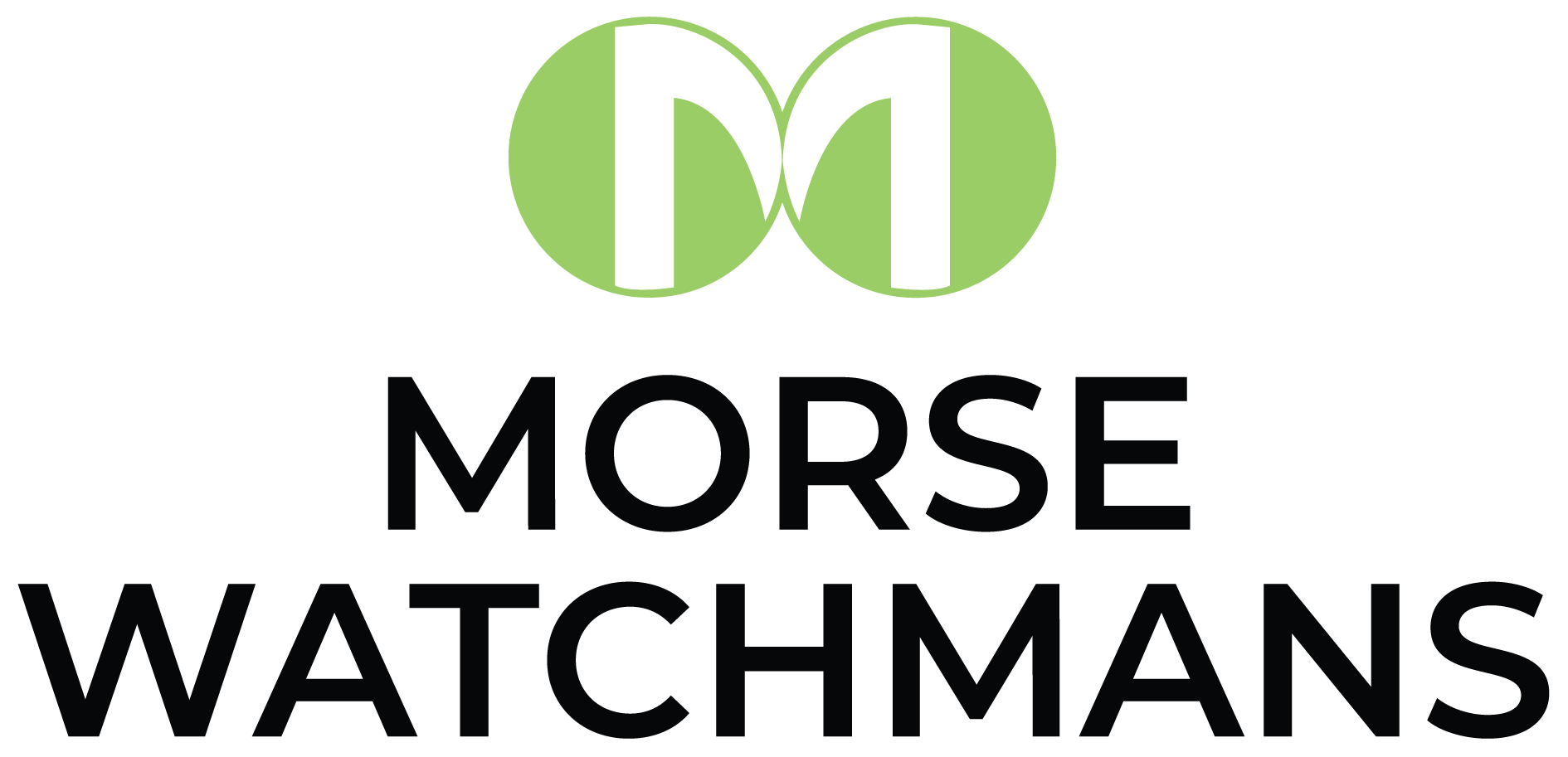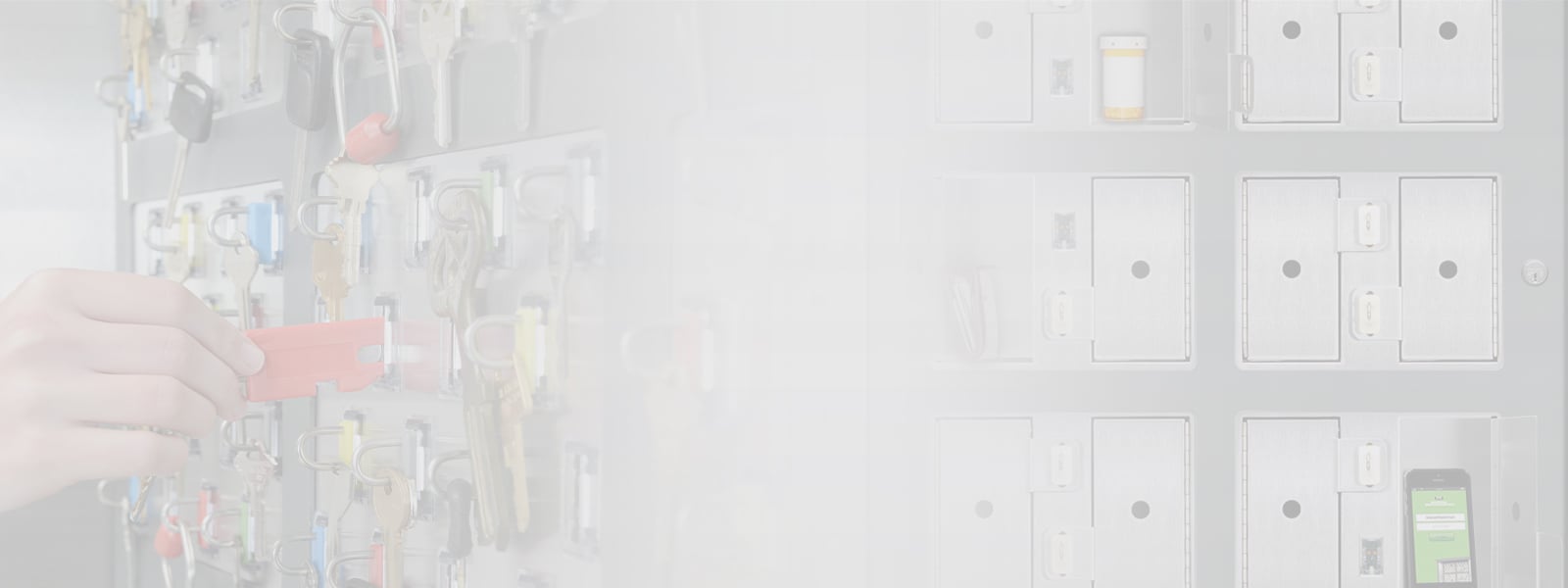
In the earliest days of Morse Watchmans, our sole product was PowerCheck, our guard tour system. But as we met with security personnel at various organizations, one thing we noticed over and over in their offices was their keys.
Everyone had a different way of managing their many keys – some had them in shoe boxes, others on pegboards, others simply filled drawers with them. Most of the keys had some kind of paper or plastic tag on them to identify which lock they went to.
None of the keys were secured in any way, and there was often no system at all to track who took a key or when it was taken. Some of the security directors had a paper sheet on a bulletin board or clipboard where employees were supposed to note when they removed and returned a key.
At this point in our technological evolution, there’s no need to point out how far this system falls short of what is needed or expected in today’s security-minded organizations. Businesses have more accountability overall, and many must comply with government and other regulations or face fines.
Still, a surprising number of organizations still use manual records to track keys. There are many different ways this can go wrong, in terms of both simple errors and criminal activity. For example:
- An authorized employee could remove a key and neglect to note it on the record. If the key is urgently needed and missing from the box or pegboard, no one will know where it is or who removed it.
- An unauthorized employee could remove a key and enter a secured area where they could steal anything from controlled medications to high-value equipment.
- A key could be stolen, copied and returned without anyone noticing – giving a third-party permanent access to secured areas.
- The identification tag could fall off a key, making it difficult-to-impossible for the next person who needs that key to find it.
- An authorized employee could remove a key and properly notate the removal – but their handwriting could be illegible, or they could accidently write down an incorrect number.
- Even if keys are kept in a locked cabinet, an employee could forget to re-lock it after removing or returning a key – making all keys available to anyone.
- And beyond all this, management will have very little visibility into how or when keys are being used, which employees are taking keys they have no authority to use, or really any other useful information relating to key use.

All of the unsecured boxes and cabinets full of loose keys that we observed in those early days were the inspiration for our invention of the KeyWatcher, the first electronic key control solution. With that introduction, we launched the category of key management for the physical security industry.
Since then, the KeyWatcher has undergone many evolutions, becoming even more secure and offering more useful features than ever. Our objective is to make sure that physical keys, which continue to exist in great abundance throughout every industry, are equally (if not more) controllable, trackable, accountable and error-free as any digital access solution. That is our mission, and our promise to our customers.



